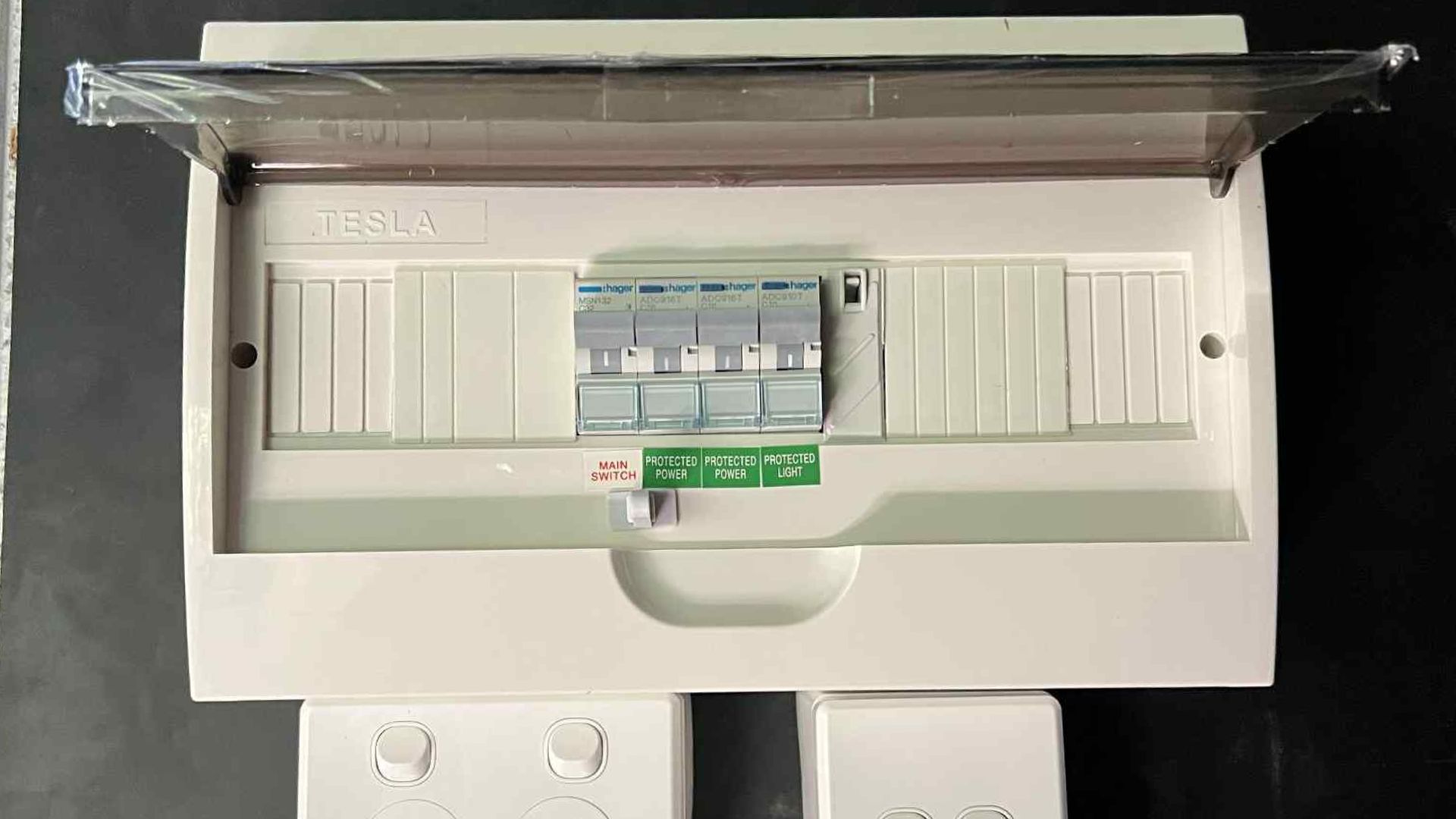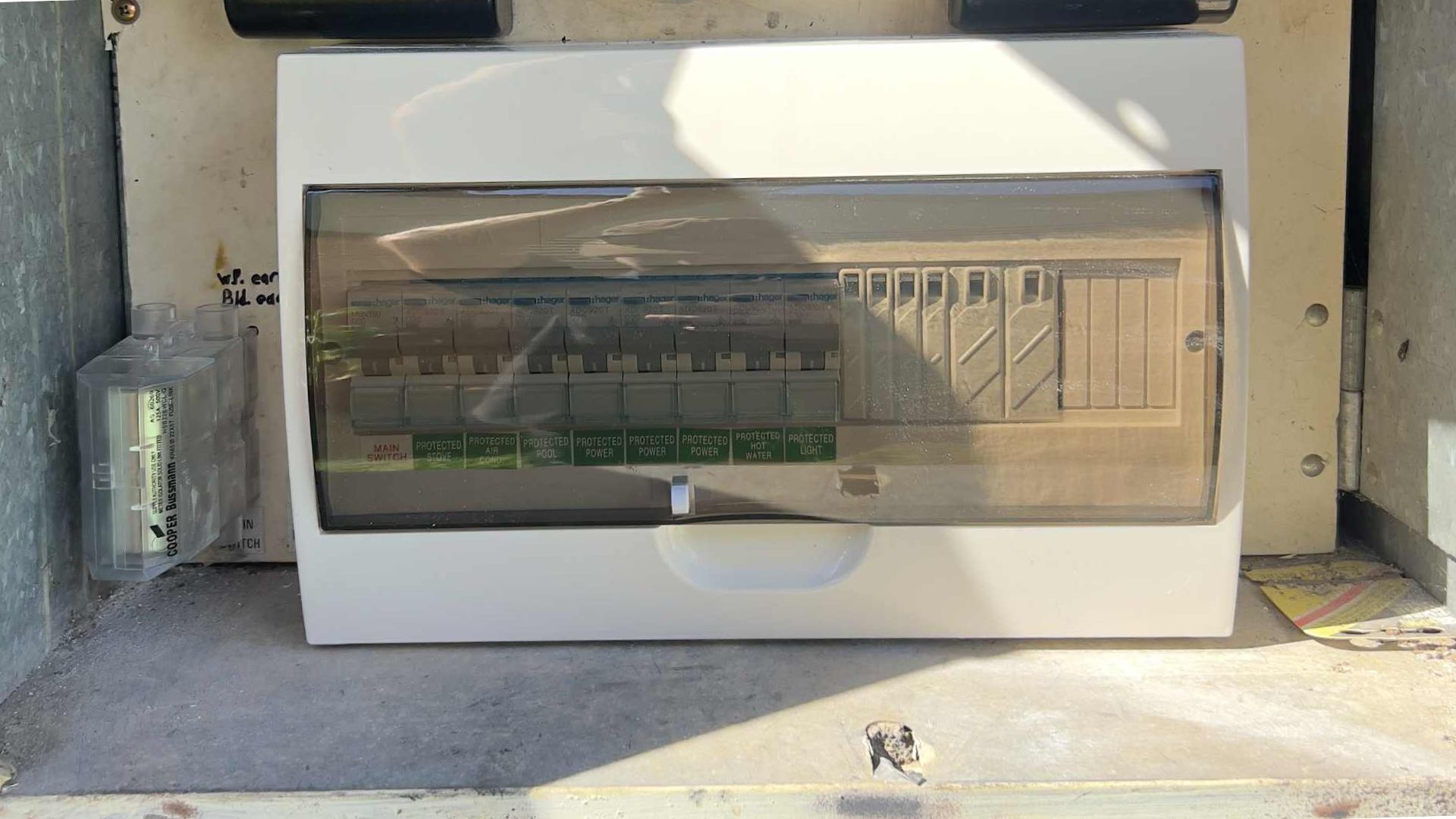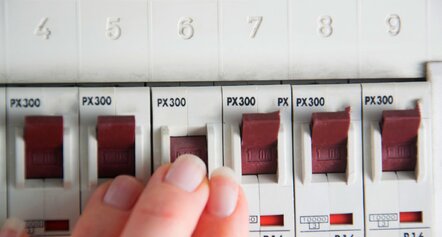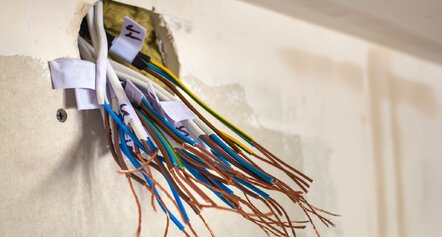In many Australian homes, the electrical switchboard is one of those things you rarely think about until something goes wrong. Tucked away in a hallway, garage or even outside, it quietly does the heavy lifting when it comes to powering your entire house. But its location and overall condition actually play a much bigger role than most people realise.
A poorly placed or outdated switchboard can pose safety risks, limit accessibility during emergencies, and even hold back future upgrades to your home's electrical system.
Most homeowners do not plan for relocating a switchboard, especially during renovations or upgrades. It is often overlooked simply because it seems like everything is working just fine.
However, there are some situations where moving your switchboard becomes more than just a convenience. In fact, it can be a vital step to ensure your home remains safe, up to code, and prepared for increased energy use.
This article explores what switchboard relocation really means, why it might be necessary, and how to know when the time is right to make it happen.
What Is a Switchboard and Its Role?
A switchboard, also known as a fuse box or distribution board, is the central hub that manages the distribution of electricity throughout your home. It houses circuit breakers, safety switches, and other components that protect your electrical circuits from overloads and faults. Ensuring it's up-to-date and properly located is vital for the safety and functionality of your electrical system.

What Does Switchboard Relocation Involve?
Moving a switchboard is far more involved than shifting it to a different wall. It's a significant electrical upgrade that requires planning, precision, and a licensed professional. The aim is to place the switchboard in a more practical and compliant location, making it safer and easier to access, while also future-proofing your home's electrical setup.
Finding the Right Location
Every property is different, so the first step is an on-site inspection. A licensed electrician will look at where your current switchboard sits, why it may need moving, and which areas of the home offer a safer and more accessible alternative.
The chosen location should be dry, well-ventilated and easy to reach in an emergency, with no squeezing behind water heaters or inside cupboards.
The Removal and Rewiring Process
Once the new spot is confirmed, the old switchboard needs to be safely disconnected and removed. This is a delicate part of the job, as the power supply may need to be temporarily shut off. Depending on the age of your wiring, this step often uncovers outdated components that will need replacing or upgrading.
New cabling is installed to connect your electrical circuits to the relocated board. This is also when the electrician will add RCBOs and other modern safety devices if your existing board lacks them.
Meeting Safety Standards
All work must comply with the AS/NZS 3000 electrical standards, commonly known as the Wiring Rules. These regulations cover everything from safe distances and wiring methods to circuit protection and labelling. If your home's current setup does not meet these requirements, additional upgrades may be necessary to bring it up to standard.
Final Testing and Certification
After installation, your electrician will conduct a series of safety checks to ensure every component is working as it should. This includes testing the new RCBOs, verifying correct connections, and inspecting the board layout for accessibility and clarity. Once everything passes inspection, you'll be issued a certificate of compliance.
In short, relocating a switchboard is not a minor tweak. It's a crucial upgrade that a qualified electrician should always handle to make sure your home stays safe, legal and ready for the demands of modern living.
Why You Might Need to Relocate Your Switchboard
Several scenarios may necessitate the relocation of your switchboard:
- Safety Concerns: Older switchboards may lack modern safety features like RCBOs, posing risks of electrical fires or shocks.
- Accessibility Issues: Switchboards located in hard-to-reach areas can hinder quick access during emergencies or maintenance.
- Home Renovations: Expanding or redesigning your home might require moving the switchboard to accommodate new layouts.
- Compliance Requirements: Upgrading to meet current electrical codes may involve relocating the switchboard.
- Aesthetic Reasons: Improving the visual appeal of your home might involve moving the switchboard out of sight.
![Old Switchboard Needs Upgrade Switchboard Upgrade]()
When Is the Right Time to Relocate a Switchboard?
Consider relocating your switchboard if:
- You're undertaking major renovations or extensions.
- You've received an electrical defect notice.
- You're upgrading to a solar power system or adding high-energy appliances.
- The current location poses safety or accessibility issues.
- You're subdividing your property, requiring separate metering for new dwellings
Risks of Not Relocating an Inadequate Switchboard
Neglecting to move an outdated or poorly located switchboard can lead to:
1. Hidden Safety Hazards
Older switchboards often lack modern protection devices like RCBOs, which are designed to cut off electricity immediately when a fault or overload is detected. Without RCBOs, the risk of electric shock and electrical fires increases significantly. If the board is also in a damp or poorly ventilated area, those risks become even higher.
2. Compliance and Insurance Concerns
Electrical regulations in Australia have changed over the years. A switchboard that was compliant decades ago may no longer meet current safety standards. If you plan to renovate, rent out or sell your property, this can create problems. Some insurance providers may also reject claims about outdated electrical systems, exposing you financially.
3. Poor Access at the Worst Times
A switchboard hidden behind heavy furniture, tucked into a tight space, or placed in an awkward location can be difficult to reach in an emergency. Easy access is vital during power outages or if a circuit trips unexpectedly. Delays in reaching it could put your safety at risk or damage appliances.
4. Struggling to Keep Up with Power Demands
Modern households often run a lot more electrical appliances than in the past. Air conditioning, electric ovens, home entertainment systems, and work-from-home setups all place more load on your switchboard. If it cannot cope, you might experience frequent outages, flickering lights or damage to your electrical devices.
Avoiding switchboard relocation might be easier, but the long-term risks far outweigh the short-term convenience. An updated and well-placed switchboard keeps your home safer, more efficient and ready for whatever the future brings.
The Role of a Licensed Electrician
Relocating a switchboard is not a DIY project. It requires the expertise of a licensed electrician who can:
- Ensure all work complies with Australian standards.
- Obtain necessary permits and handle inspections
- Safely disconnect and reconnect electrical systems.
- Provide certification upon completion.
Hiring a professional not only ensures safety but also peace of mind.
Why Relocating Your Switchboard Is Worth Considering
Relocating your switchboard is more than just a practical upgrade; it can improve safety, boost functionality, and ensure your home meets modern electrical standards. Whether you're renovating, updating an older system, or addressing safety concerns, it is a smart move that pays off in both peace of mind and long-term value.
If you're based on the Sunshine Coast and need expert advice or reliable service, contact Watt Edge Electrical. Their qualified electricians can assess your current setup and help determine if switchboard relocation is the right step for your home.





